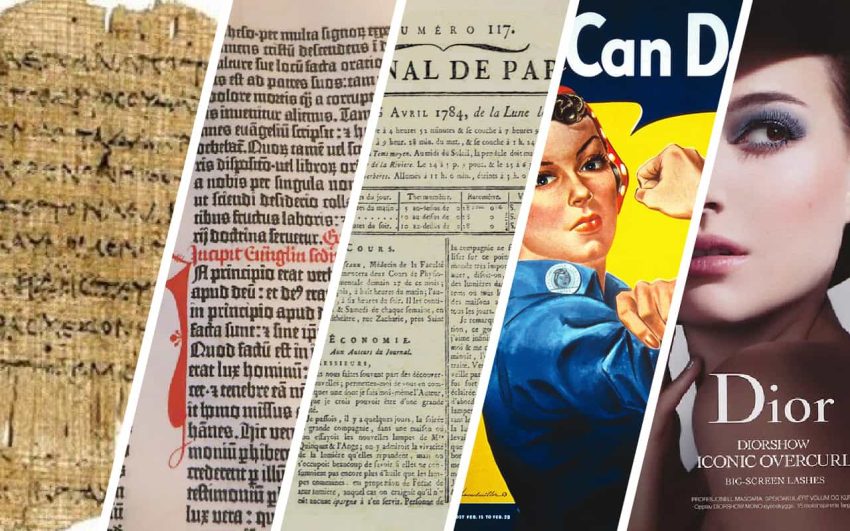Some of you might have been interested in how classic ads turned into the digital art we see today. It’s amazing how far advertising has come, from the big, bright ads that used to be in magazines to the more targeted digital ads we see now.
The title of this blog post tells you everything you need to know about how art and technology have changed ads. Once you know this, you’ll value old ads more and understand how digital ads have changed the way people today think about brands and products.
Print Advertising Era
In the days before pixels and screens, print ads reigned supreme. Think of the classic Coca-Cola Santa Claus in the ’30s or vintage cigarette posters that are now collector’s items. Print ads were an art form; a sleek blend of typography, photography, and design that had the power to both inform and seduce.
They hung in subways, decorated the pages of high-profile magazines, and lined the windows of shops. During this time, advertising was as much about the emotional impact as it was about the product being sold. Brands crafted a narrative and consumers bought into the dream.
Digital Advertising Revolution
When the internet came along, it changed how ads were made. Marketers can now use email campaigns, display ads, and social media sites instead of print ads. This has made the world market bigger.
Advertisements changed from one-way messages to personalized experiences that users could interact with. The way brands connect with their audience through advertisement posters has forever changed because of digital platforms’ unmatched reach and speed.
Key Differences and Innovations
Many new ideas came about when people switched from printing to digital. Customers could now click, like, share, comment, and even buy from digital ads, so advertising wasn’t one-way communication.
The targeting and personalization capabilities of digital advertising allowed brands to reach their most likely customers with uncanny precision. Imagine an email marketing agency in the UK using demographic data to optimize their campaigns – this is the kind of power that print ads could never offer.
Impact on Consumer Behavior
The way ads are made and shown has changed in the digital age, and so has how people respond to them. People today are smarter and more skeptical than ever, which means that old ways of vintage advertising don’t work as well.
Don’t let digital ads get lost in the background. Give people something useful along with ads that are about things they care about. Also, people today don’t watch ads; they interact with brands and look for personalized content to start a conversation that goes both ways.
The Lasting Legacy of Classic Ads in a Digital World
Classic ads have always been about telling stories, and that’s still what even the most complex digital campaigns are all about. The goal of making a real connection with the audience hasn’t changed, but the tools have.
This lasting effect of classic ads shows how they still have an impact on modern advertising strategies. It reminds us that even though platforms change, the art of telling compelling stories that win hearts and minds stays the same. Their influence hasn’t lessened as they’ve gone from print to digital; in fact, it’s grown.
Keep browsing our website for more helpful articles!

